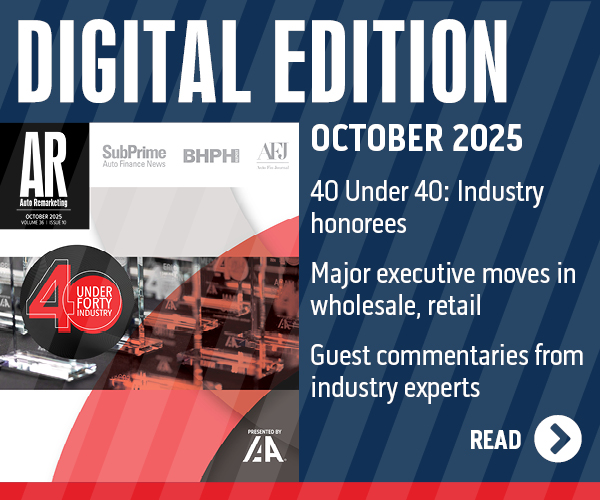Paper suggests deeper engagement with trade-in customers

Technology has transformed every aspect of business development in the automotive industry over the past few decades, according to The Appraisal Lane, a mobile app-based community of appraisers who put guaranteed cash offers on used cars.
One of those transformations, according to the company, is in the area of the industry’s approach to lead generation for new and used cars. More specifically, that means the solicitation of a person’s contact information and the person’s vehicle of interest.
After about 25 years of fine-tuning the process and committing hundreds of millions of dollars to increasing the quantity of leads, the industry closes leads at a meager 12% ratio, according to The Appraisal Lane.
A new white paper from The Appraisal Lane explores challenges with automotive lead generation today. The report highlights existing obstacles along the path to purchase, the associated costs to the industry, and actionable tips to help dealers and manufacturers improve customer engagement.
The paper starts out by asking why the industry measures itself against the 12% benchmark.
“Because our industry standard is built on penciling an acceptable ROI, not achieving our true potential,” the company writes.
The white paper continued, “The opportunity cost of this perspective resides in the 88% of consumers who don’t find a solution in our existing process.”
The study addresses what the company describes as the automotive industry's unsustainable closing ratio and the expenses that come with processing bad leads.
Those expenses include personnel costs, lost profits, holding costs, and the negative financial impact of dissatisfied customers and employees.
The study also challenges the manner in which automotive leads are generated and qualified.
To do that, it stresses the importance of deeper engagement with trade-in customers.
The study cites 2018 NADA data in stating that those customers represent an “overwhelming majority,” or 65% of the people who buy replacement vehicles each year.
"For the past 25 years, we've relied on technology to drive consumers into lead forms, largely ignoring their wants and needs when buying a vehicle," said The Appraisal Lane co-founder and chief executive officer Jeff Risner in a news release.
Risner continues, “The trade-in remains the most challenging part of the car buying process, despite the fact that it’s the first and most important step for millions of consumers. The end result is an unacceptably low 12% closing ratio for our industry, due in large part to an unsatisfying customer experience."
He added, “It’s time to capitalize on the remaining 88% of lost sales opportunities by engaging with car buyers in deeper, more meaningful ways.”
The white paper cites industry statistics and consumer data and provides actionable tips to help dealers and OEMs. One of those tips is engage in a meaningful two-way dialogue with consumers at the start of the car buying process.
That would increase the likelihood that they will visit your dealership by three times the industry average, according to 2018 data from Digital Airstrike.
The paper suggests providing a much-improved trade-in experience and uses 2018 Salesforce data to state that would offset consumer defection to other brands and dealerships by as much as 60%.
The report lists three fundamental obstacles with the current trade-in process:
— The industry has automated a process that cannot be successfully automated.
— The industry has allowed consumers, who are predominantly not car experts, to rely on often-meaningless information. That same information is endorsed by dealers, who are car experts, when they present that information on their websites.
— The industry has missed significant sales opportunities by failing to provide an engaged trade-in process.
“In reality, trade-in customers have the potential to be our industry’s most engaged customers,” the report states.
The paper goes into five steps for better internet lead generation, starting with the trade:
— Engage with consumer about current vehicle
— Connect consumer with dealer
— Attract consumer to next vehicle
— Convert consumer into next vehicle sale
— Retain customer for life


